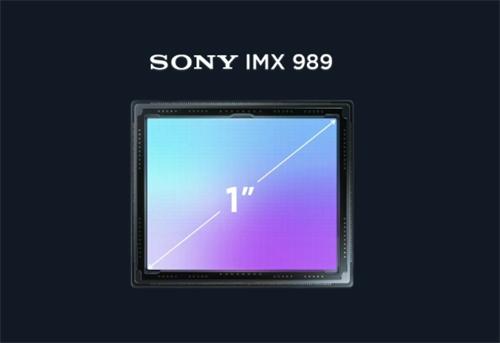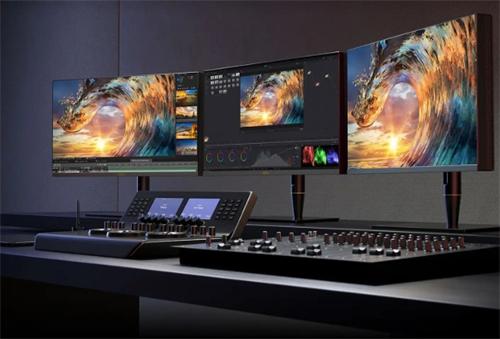Spatial Audio: The Immersive Sound Revolution from Cinemas to Headphones

In today's audio tech world, "spatial audio" has become a buzzword. This technology is transforming how we listen to music, watch movies, and play games—offering an unprecedented sense of immersion.
The Origins of Spatial Audio:
The concept of spatial audio dates back to 1940, when Disney developed the Fantasound system for Fantasia. This massive setup featured 54 speakers and was a pioneer in multi-channel audio, though its high cost limited its adoption. It wasn't until the 1970s that Dolby's stereo systems brought surround sound into the mainstream.
Dolby Atmos launched in 2012, adding overhead sound to deliver a fully 3D audio experience. Competitor DTS:X followed with a flexible solution that delivered similar effects without needing extra speakers. These innovations laid the groundwork for modern spatial audio.
How Do Headphones Deliver Spatial Audio?
Our brains use a mechanism called the Head-Related Transfer Function (HRTF) to locate sound sources. This natural ability allows us to perceive direction and distance without turning our heads. Spatial audio technology replicates this process.
Headphones achieve spatial audio using two main approaches:
Hardware-based: Uses multiple drivers inside the headphones—expensive and bulky
Software-based: Simulates multi-channel effects with algorithms—more affordable and portable
Thanks to better processing power, software solutions have become mainstream. Advanced systems also include head tracking, which keeps the sound field stable as you move your head—greatly enhancing immersion.
Popular Spatial Audio Standards:
Dolby Atmos: Multi-platform support with hundreds of sound objects for rich immersion
DTS:X: Tailored for gaming with enhanced positional accuracy
Apple Spatial Audio: Works with AirPods and includes dynamic head tracking
Sony 360 Reality Audio: Sony 360 Reality Audio offers customized immersive sound tailored to your unique ear shape through ear scan analysis.
Windows Sonic: Windows Sonic is a free spatial audio option from Microsoft that works across a wide range of devices and platforms.
Despite their differences, they all aim to create a more lifelike listening experience.
What Makes Spatial Audio Special?
Compared to traditional stereo sound, spatial audio offers several advantages:
Deeper immersion: Instruments feel like they’re surrounding you; movie sound effects are more realistic
Mental wellness: Studies suggest it may reduce stress by mimicking natural listening environments
Gaming edge: Better directional cues can improve performance in competitive games
Portable cinema: Enjoy theater-like sound with just a pair of headphones
How to Experience Spatial Audio?
To fully enjoy spatial audio, you’ll need three things:
Compatible content (e.g., movies mixed in Dolby Atmos)
Supported devices (phones, consoles, etc.)
High-quality headphones (preferably with head tracking)
Services like Apple Music and Tidal already stream spatial audio tracks, and platforms like Netflix and Disney+ offer spatial audio for movies and TV shows.
From the theater to your living room—and now to your headphones—spatial audio is redefining how we perceive sound. It delivers more than just impressive effects; it reshapes what it means to listen. In a world dominated by visuals, perhaps it’s time to close your eyes and rediscover the dimensions of sound.
Recommended for you:








